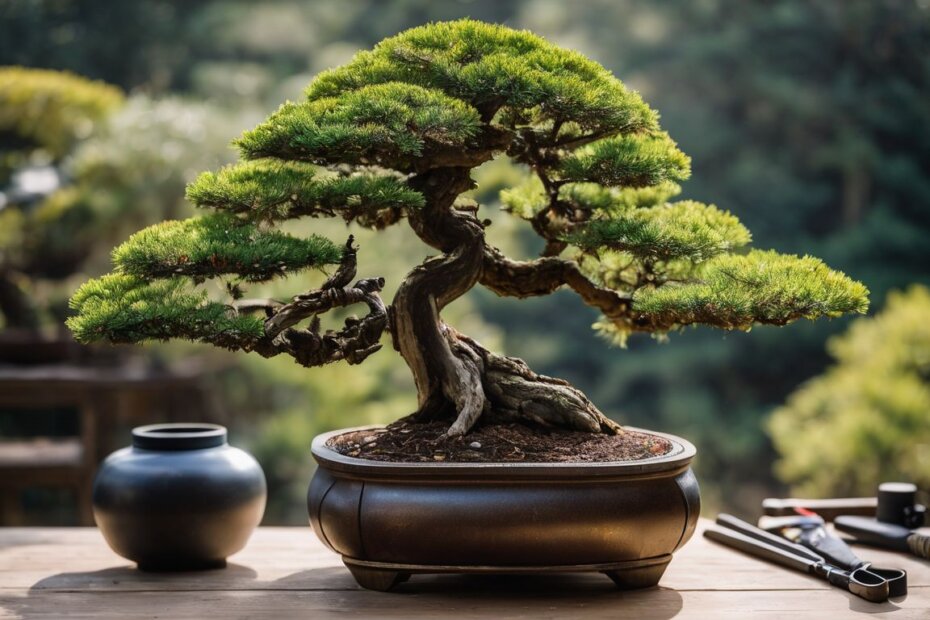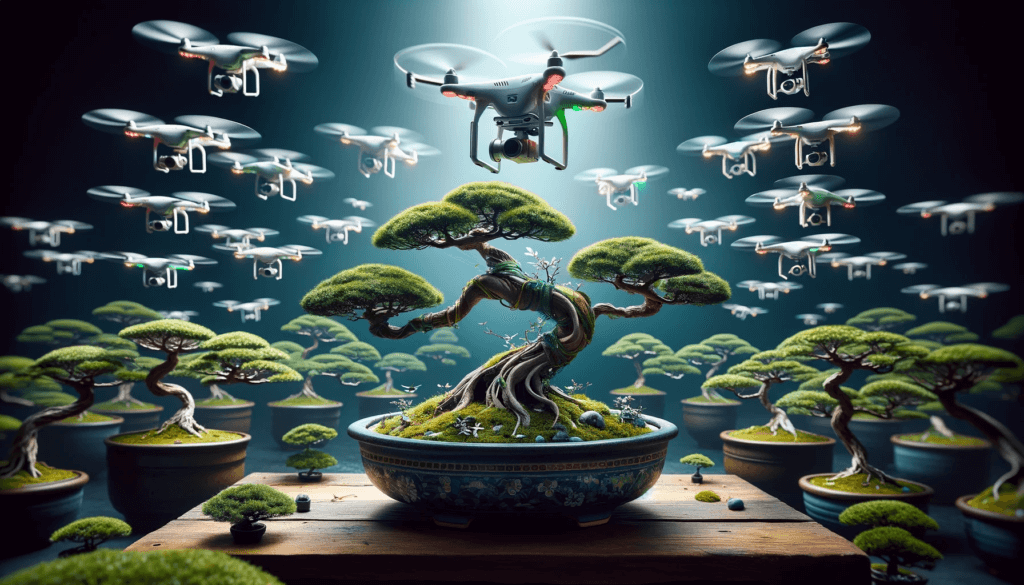
Creating a stunning bonsai tree can often feel like an art reserved for those with decades of patience and skill. Maybe you’ve started growing your own miniature trees, but the slow growth leaves you wishing for something more impressive now rather than later.
Don’t worry—there’s a fascinating method that could speed up your journey to owning a breathtaking bonsai.
Enter the world of bonsai fusion, where small trees become one mighty specimen far quicker than nature’s pace allows. This approach marries multiple plants into a single piece, crafting thick trunks and lush canopies in less time.
Our blog post will guide you step by step through this innovative technique, setting you on the path to creating your own fused masterpiece at home. Ready? Let’s dive into the transformative practice of bonsai fusion!
Key Takeaways
- Bonsai fusion is a method where several small trees are joined to make one big tree with a thick trunk faster than growing one tree by itself.
- Different grafting techniques like approach, thread, and bud grafting can be used to create fused bonsai trunks. It’s important to start during the active growth season for better results.
- While creating fused bonsai can give you impressive trees quickly, it may need more care and can have unexpected outcomes.
- Good timing, right aftercare, and patience are needed to master bonsai fusion successfully.
- This technique gives your garden unique and big bonsai trees that stand out.
What is Bonsai Fusion?

Moving from the basics, Bonsai Fusion takes a step into more creative territory. This method is like a team project for plants. It joins multiple small trees to form one big and visually striking tree.
By using trunk fusion grafting, smaller trees become one with a thick, impressive trunk.
Imagine tying several young trees close together and as they grow, they blend into each other becoming one strong tree. Not only does this make for an eye-catching piece in any bonsai collection, but it also speeds up the process of getting that large-trunk look that usually takes many years to develop.
Bonsai enthusiasts often use this technique with Ficus trees because their trunks fuse well and create something truly special fast.
How to Create a Fused Bonsai Trunk
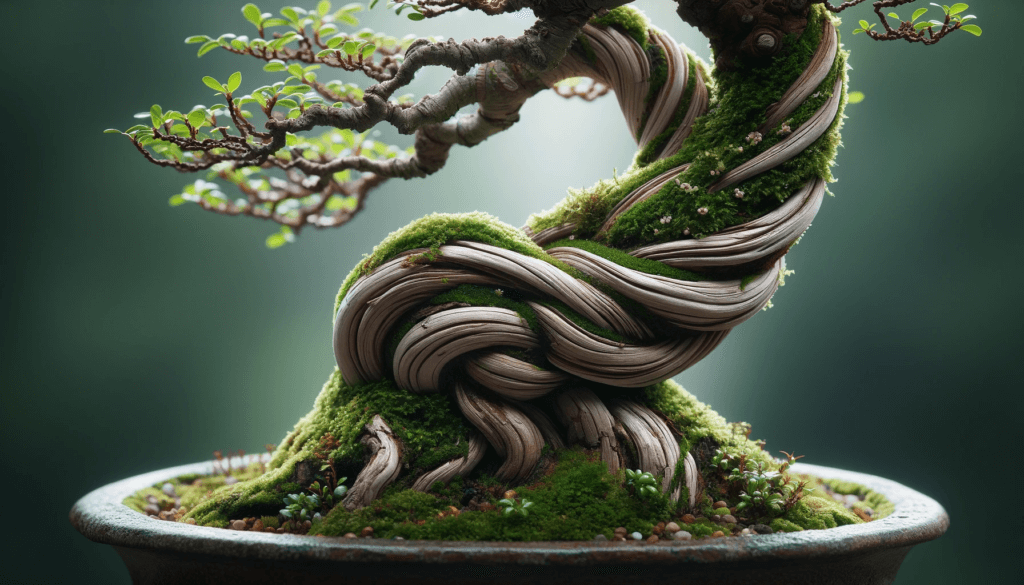
To create a fused bonsai trunk, you can use various types of trunk fusions and methods such as approach grafting or thread grafting. Timing is crucial when starting a fused bonsai to ensure the success of the fusion process.
Types of Trunk Fusions
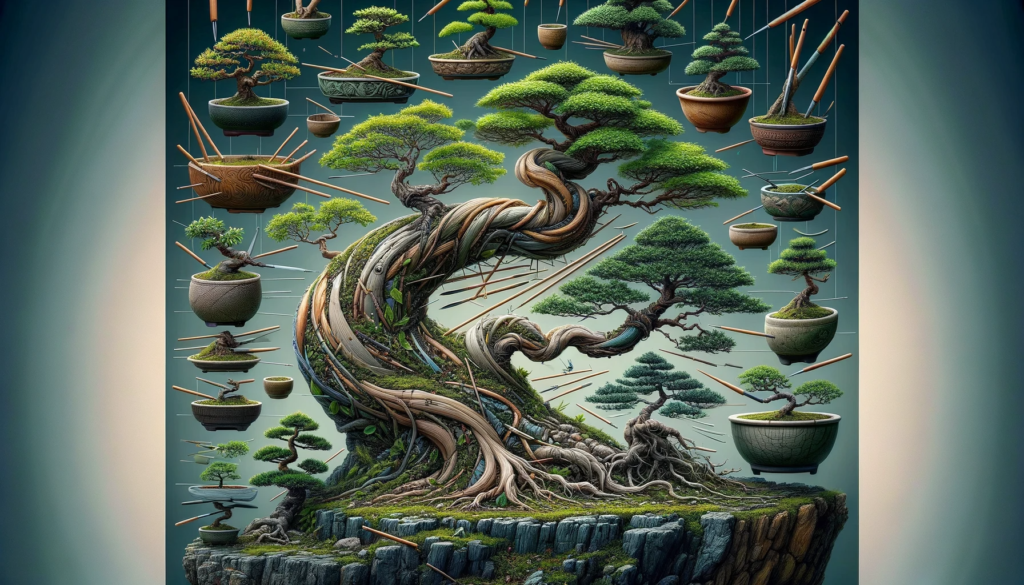
Fusion bonsai trees can be created using several types of trunk fusions and methods. The most common types include approach grafting, thread grafting, and bud grafting.
- Approach Grafting: This method involves bringing two tree trunks together, binding them until they fuse, and then cutting off the original tops to encourage a single canopy to form. It is a reliable technique for creating fused trunks.
- Thread Grafting: In this method, a small branch or shoot from one tree is inserted into a split in the bark of another tree. Over time, it grows into the host tree’s vascular system and fuses with it, creating a single integrated trunk.
- Bud Grafting: This technique involves inserting a single bud from one tree into an incision on another tree’s trunk. The bud eventually grows into an entirely new branch that blends seamlessly with the host tree’s natural growth pattern.
Methods for Creating a Fused Trunk
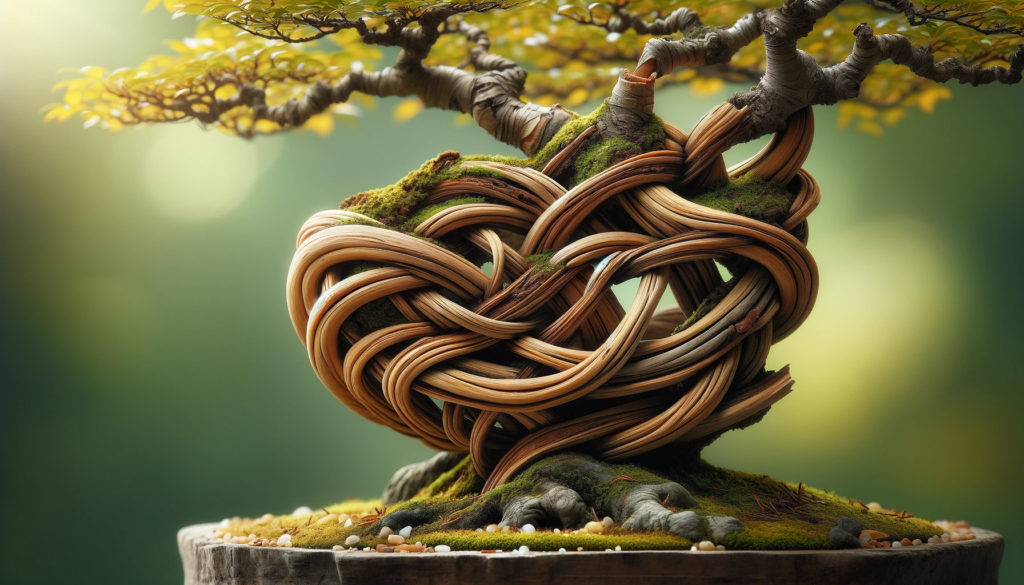
To create a fused trunk for a bonsai tree, you can use the approach of trunk fusion grafting. This technique involves specific methods and timing to achieve successful fusion. Here are the steps to create a fused trunk:
- Selecting Suitable Trees: Choose small trees with compatible bark textures and growth rates.
- Preparing the Trees: Trim off excess foliage and outer bark from the areas where fusion will occur.
- Binding the Trees: Secure the trunks tightly together using grafting tape or wire to encourage fusion.
- Encouraging Fusion: Provide optimal growing conditions, including proper sunlight, watering, and care to facilitate successful fusion.
- Monitoring Progress: Regularly check for signs of fusion, such as merging bark tissues or shared vascular systems between the trees.
- Post-Fusion Care: Once fusion is evident, remove binding materials and continue nurturing the single merged tree.
Timing for Starting a Fused Bonsai
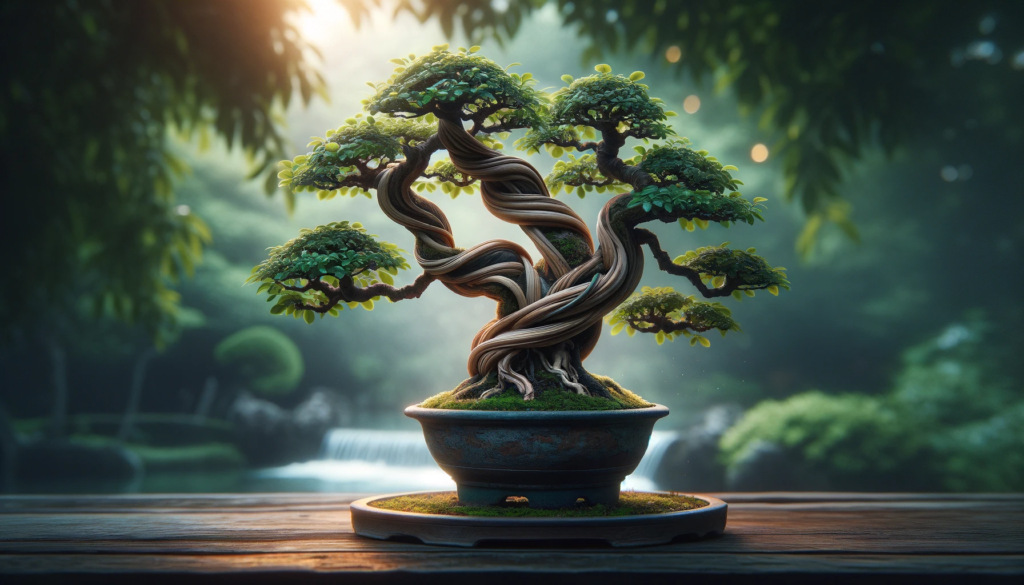
The timing for starting a fused bonsai is crucial. It’s best to begin the fusion process when the trees are actively growing, typically during late spring or early summer. This is important as it allows for faster healing of the wounds created during the fusion process.
Additionally, warmer temperatures encourage rapid callus formation, aiding in the successful merging of multiple trees into one impressive trunk.
The timing plays a vital role in ensuring that the fusion process results in a visually appealing and healthy fused bonsai tree. Starting at the right time maximizes the chances of successful grafting and promotes vigorous growth, resulting in a striking addition to any bonsai collection.
Advantages and Disadvantages
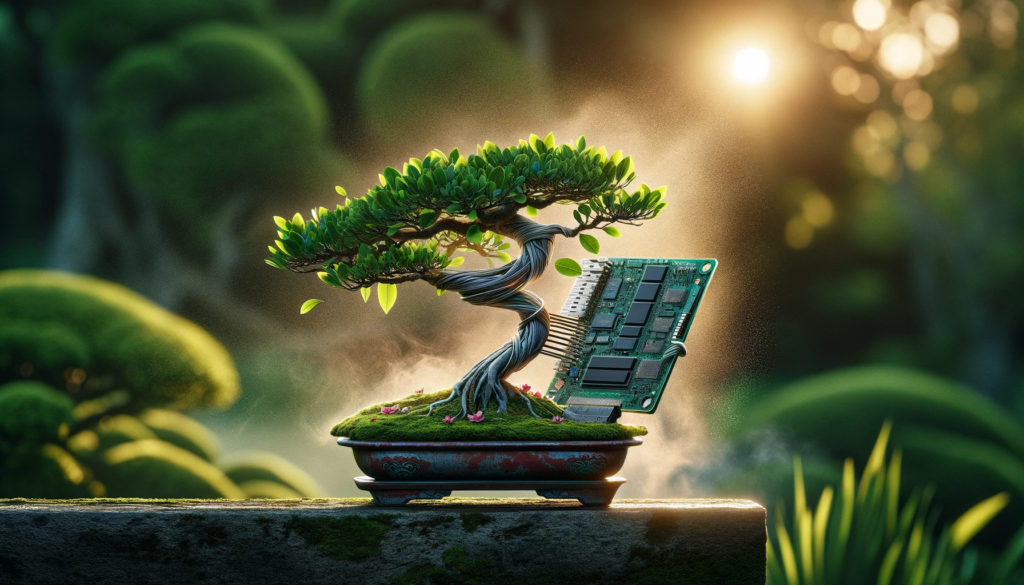
Fused bonsai allows for unique and artistic trunk formations, but it may take longer to achieve the desired look compared to traditional bonsai techniques. Find out more about the benefits and drawbacks of bonsai fusion in this blog post!
Pros of Fused Bonsai
Fused bonsai results in visually stunning trees.
- Unlike traditional methods, fused bonsai combines multiple trees to develop a more substantial and striking trunk structure, resulting in a unique and dramatic appearance.
- Fusing multiple small trees together enables the development of a larger tree with a dramatic tapered trunk, making it an eye-catching addition to any bonsai collection.
- This method offers an efficient way to achieve impressive results in bonsai cultivation, allowing for the creation of visually striking specimens without waiting for years for natural growth and development.
- Fused bonsai trees showcase artistic cultivation by combining horticultural techniques with aesthetic appeal, offering hibachi grills and sushi options at Japanese eateries like Bonsai Fusion Japanese Steakhouse in Houston may complement the experience.
- The fusion technique is also used in the cultivation of larger imported bonsai Ficus trees, where smaller figs are bound together and allowed to fuse or grow together, which can enhance the overall ambiance of a Japanese eatery.
Cons of Fused Bonsai
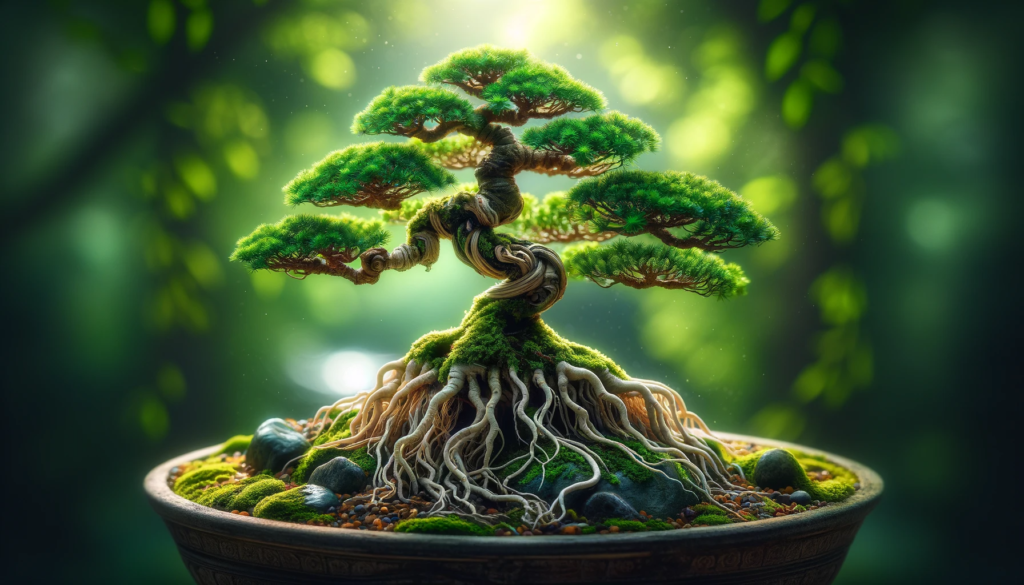
Creating fused bonsai trunks can take time to master.
- Fused bonsai trees may be more prone to structural weaknesses due to the fusion process.
- Fusion bonsai trees require careful monitoring and maintenance to ensure successful fusion of the trunks.
- It can be challenging to achieve a natural – looking fusion of multiple trunks, potentially impacting the overall aesthetic of the bonsai tree.
- The process of fusing multiple small trees into one larger tree requires precise timing and technique to achieve a harmonious fusion.
- Fused bonsai trees may require more intensive care and attention compared to traditional single-trunk bonsai due to the complexities of managing multiple fused trunks.
- Fusion techniques may result in unpredictable outcomes, requiring patience and adaptability from bonsai enthusiasts.
- The development of fused trunk structures may not always align with traditional bonsai aesthetics, impacting the overall appeal of the tree in some cases.
Tips for Mastering the Art of Bonsai Fusion
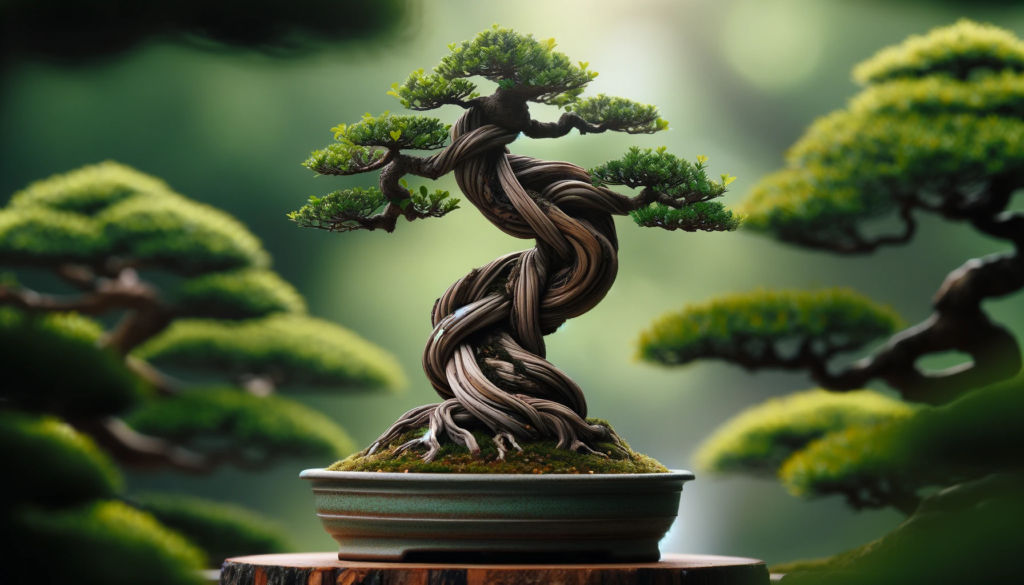
To master the art of bonsai fusion, begin by choosing compatible tree species for grafting. Ensuring that the trees are closely related will increase the likelihood of successful fusion.
Additionally, select healthy and vigorous young trees as rootstock for grafting. It’s crucial to keep an eye on the timing – perform trunk fusions during the active growing season when the bark is slipping and easily separated from the wood.
Regularly monitor and care for your fused bonsai to promote strong, healthy growth after fusion has occurred.
In addition, employ proper aftercare practices post-fusion like regular watering, appropriate sunlight exposure, and proper pruning techniques to maintain a balanced and aesthetically pleasing structure.
Finally, patience is key in mastering bonsai fusion as it takes time for the fused elements to grow together seamlessly. By employing these tips diligently along with dedication and patience, one can truly excel in creating magnificent fused bonsai trunks.

Conclusion
In conclusion, bonsai fusion offers a unique and striking way to create visually stunning trees. The trunk fusion grafting technique allows for the efficient creation of impressive trunks in a shorter time.
By utilizing this practical approach, enthusiasts can achieve dramatic results and enhance their bonsai collections. Embracing the art of bonsai fusion can lead to significant improvements in creating visually captivating specimens.
As you explore this technique further, consider seeking additional resources or guidance to refine your skills and expand your knowledge. Let the beauty of fused bonsai inspire you to elevate your own gardening endeavors.
FAQs
1. What is bonsai fusion?
Bonsai fusion is the mix of the Japanese art of growing mini trees, called bonsai, with other activities or themes like dining in a Japanese cuisine setting.
2. Can I find halal meat options at a Teppanyaki restaurant that does bonsai fusion?
Yes, some Teppanyaki restaurants that offer bonsai fusion may also provide halal meat options for those who need them.
3. Does bonsai fusion involve gardening techniques like grafting technique and rooted cuttings?
Absolutely! Bonsai fusion includes using gardening methods such as trunk grafting and developing rooted cuttings to create beautiful tiny trees.
4. Is there more to bonsai fusion than just food and plants?
Sure! Bonsai Fusion isn’t only about food or plants; it’s also about enjoying things like happy hour in the sun, sushi eating experiences, or feeling calm through Zen and meditation practices.
5. Why would someone be interested in bonsai as part of the hibachi experience?
People might enjoy having bonsais around when they eat at a Hibachi restaurant because it adds peace from nature to their mealtime, mixing good eats with horticulture.
